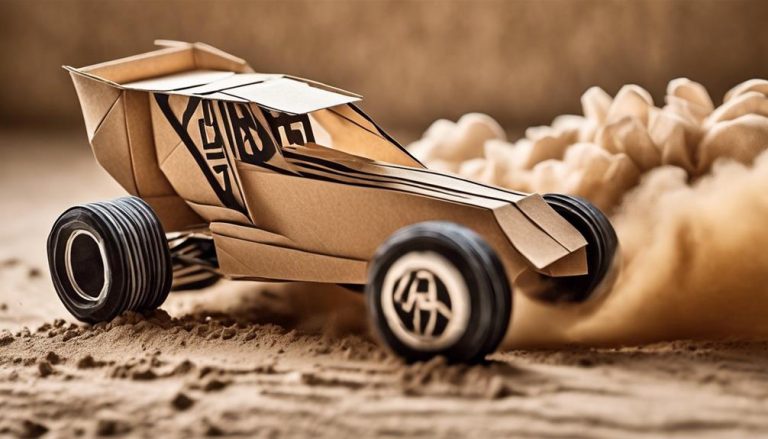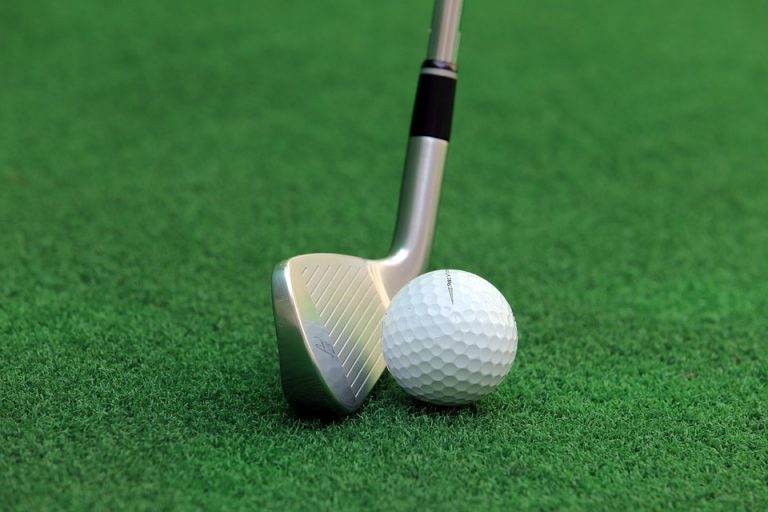General Rules of Horseback Archery
To guarantee success in horseback archery, adhere to these key rules for safety and success. Prioritize safety with appropriate gear: helmet, boots, and gloves. Outfit yourself with proper attire for flexibility. Equip yourself with a tuned bow, matched arrows, quiver, and helmet. Nail target accuracy and speed for points. Maneuver through challenging courses with strategy. Maintain respect in competition with cultural dress and camaraderie. Following these guidelines guarantees a dynamic horseback archery journey. Mastering the basics enhances your performance and enjoyment.
Safety Guidelines
When practicing horseback archery, prioritizing safety is essential to guarantee a successful and enjoyable experience for both the rider and the horse. Safety gear plays a pivotal role in this exhilarating sport. Make sure you have a well-fitted helmet to protect your head in case of falls or accidents. Additionally, invest in sturdy riding boots with a heel to prevent your feet from slipping through the stirrups. Proper riding gloves will not only enhance your grip on the reins but also shield your hands during the intense movements of archery.
Training techniques are equally important to maintain a safe environment. Enroll in a reputable horseback archery training program to learn the fundamentals from experienced instructors. Focus on developing a secure seat and balance on the horse while handling the bow and arrow. Regular practice sessions will enhance your muscle memory and coordination, leading to a fluid and controlled performance during competitions. By embracing the necessary safety gear and mastering essential training techniques, you can start on your horseback archery journey with confidence and liberation.
Equipment Requirements
To excel in horseback archery, making sure you have the right equipment is vital for a successful and fulfilling experience. Proper attire and essential gear play an essential role in your performance. The right clothing should allow for freedom of movement while also providing protection. Essential gear includes a reliable bow, arrows, a quiver, and a helmet for safety. Below is a table outlining key equipment requirements for horseback archery:
| Equipment | Description | Importance |
|---|---|---|
| Proper Attire | Flexible, comfortable clothing | Allows freedom of movement |
| Bow | Well-tuned, appropriate draw weight | Fundamental for shooting |
| Arrows | Matched to bow, fletched correctly | Accuracy and distance |
| Quiver | Securely holds arrows | Easy access during riding |
| Helmet | Protects head | Safety during the activity |
Having the correct equipment enhances your performance and ensures you can focus on improving your archery techniques and horse handling skills. By investing in quality gear and maintaining it properly, you set yourself up for success in the exhilarating world of horseback archery.
Scoring System
Employing a thorough scoring system is essential in evaluating performance and skill progression in the dynamic world of horseback archery. Target accuracy holds paramount importance in horseback archery competitions. Each shot is meticulously evaluated based on how close it lands to the center of the target. Achieving precision in hitting the designated mark demonstrates the archer's mastery and focus.
In addition to accuracy, speed technique plays a vital role in the scoring system. Not only do archers need to hit the target accurately, but they also must do so swiftly. Combining accuracy with speed showcases a well-rounded skill set that is highly valued in horseback archery competitions. The scoring system rewards those who can maintain both accuracy and speed throughout the course, making it a true test of skill and agility.
Course Layout
Moving through the course design in horseback archery demands a blend of strategic planning and precise execution to test the archer's skills to the fullest. The course is meticulously crafted to challenge your abilities, with various obstacles strategically placed to push you to your limits. As you maneuver the course, you will encounter challenging obstacles that require not only speed but also accuracy. From weaving through tight turns to maintaining control while approaching targets, every twist and turn demands your full attention.
Strategic positioning is key in horseback archery, as you must anticipate the best vantage points to take your shots. Finding the right balance between speed and accuracy is essential, requiring you to constantly adjust your position to align your bow with the targets effectively. The course layout is a true test of your ability to think on your feet and adapt to changing circumstances swiftly.
Embrace the challenge of the course design, and let it fuel your passion for horseback archery. Mastering the art of moving through challenging obstacles and strategically positioning yourself will elevate your skills to new heights.
Competition Etiquette
Mastering the intricacies of competition etiquette in horseback archery demands a profound understanding of traditional customs and a reverence for the sport's rich history. When it comes to the dress code, competitors are typically required to wear attire that is both functional and in line with the cultural heritage of horseback archery. This often includes traditional garments such as tunics, trousers, and boots that allow for ease of movement while maintaining a connection to the sport's roots.
In terms of communication protocol, participants must adhere to important and essential interactions with fellow competitors, officials, and spectators. It is essential to convey information concisely and accurately, especially during the heat of competition when split-second decisions can make all the difference. Additionally, maintaining a sense of camaraderie and sportsmanship through verbal and non-verbal cues is vital in fostering a positive and supportive competitive environment. By embodying these principles of dress code and communication protocol, you not only honor the traditions of horseback archery but also contribute to the overall spirit of the sport.
Frequently Asked Questions
What Are the Traditional Origins of Horseback Archery and How Has It Evolved Over Time?
Explore horseback archery's rich origins as a traditional art form, tracing its evolution to the modern sport it is today. Witness how this ancient practice has seamlessly blended tradition with innovation over time.
Are There Specific Training Exercises or Drills That Can Help Improve One's Horseback Archery Skills?
To enhance your horseback archery skills, focus on target practice to refine your aim and mounted drills to improve coordination. Work on riding techniques and posture adjustments for better control and balance.
How Does Weather Conditions, Such as Wind or Rain, Affect a Horseback Archery Competition?
In horseback archery competitions, weather conditions like wind or rain can greatly impact your performance. Adjust your strategy by aiming slightly off-target in windy conditions and ensuring proper gear to handle rain.
Are There Any Historical Figures or Famous Horseback Archers That Have Influenced the Sport?
Seek inspiration from notable influences like historical icons and horseback archery legends. Their legacy lives on through champions who carry the torch of tradition and skill, shaping the sport's rich history.
Can Individuals With Disabilities or Physical Limitations Participate in Horseback Archery Competitions?
Yes, individuals with disabilities or physical limitations can participate in horseback archery competitions. Adaptive equipment and modified techniques allow for inclusive participation, showcasing the diverse skill sets and talents within the sport. Everyone deserves a chance to excel.






